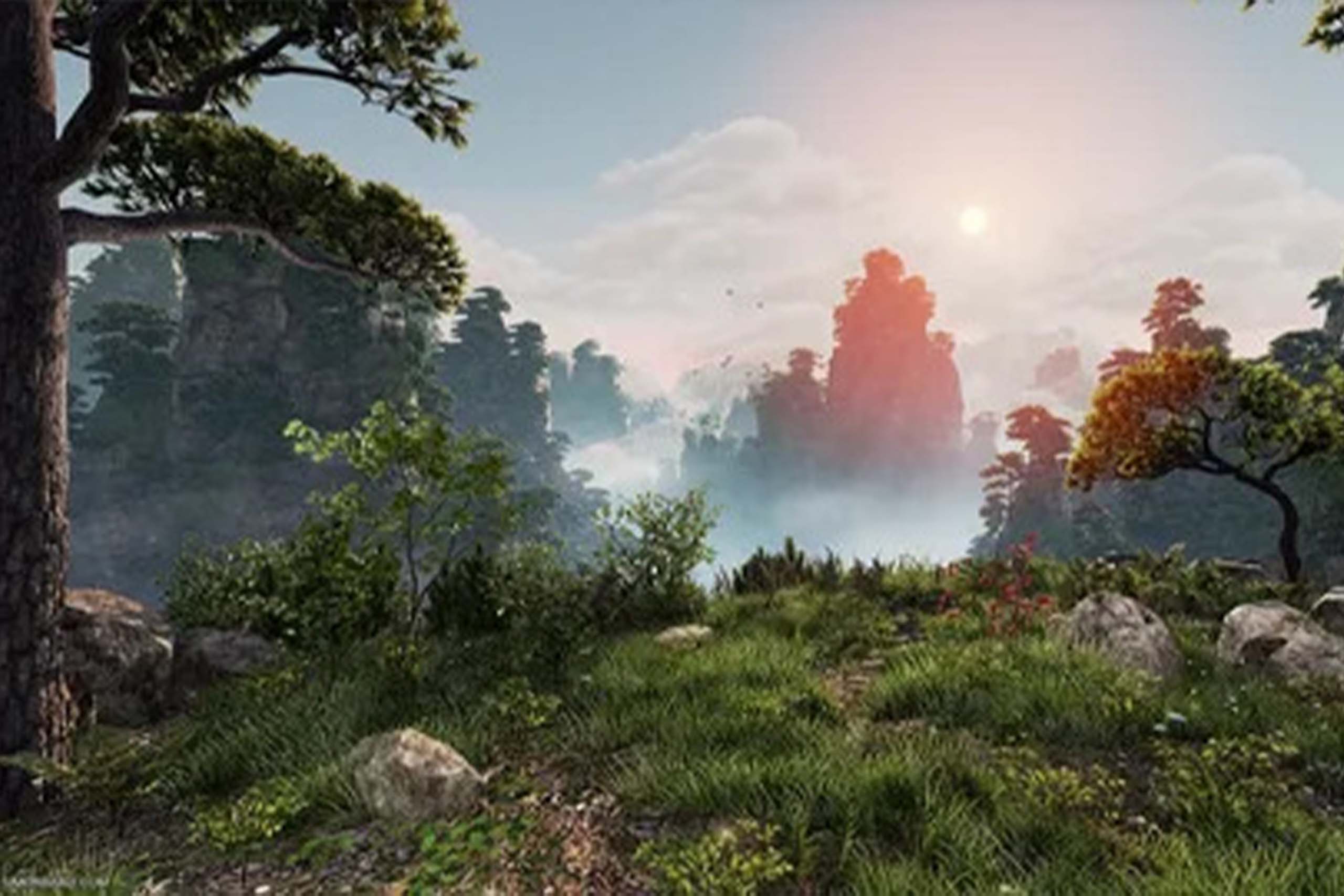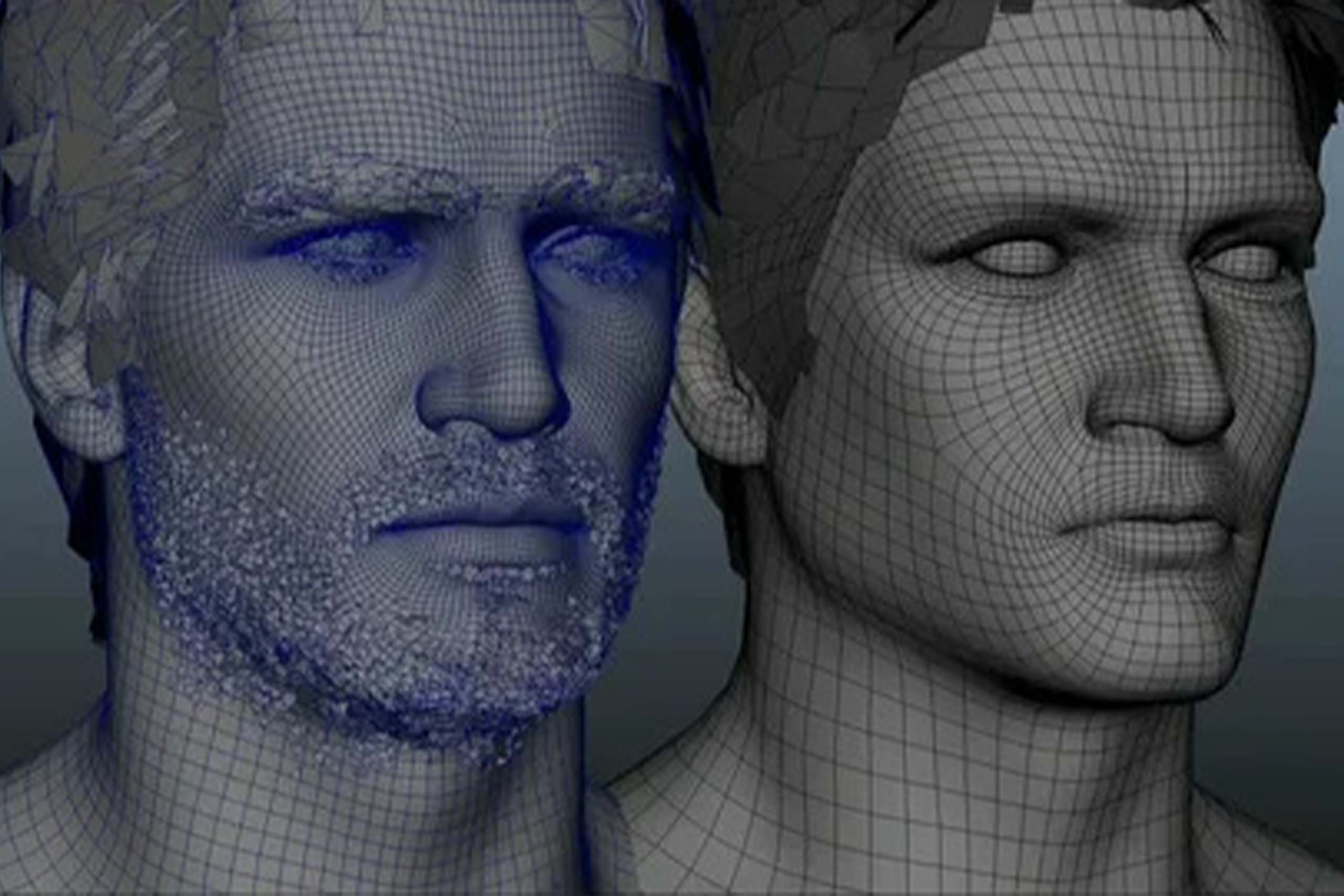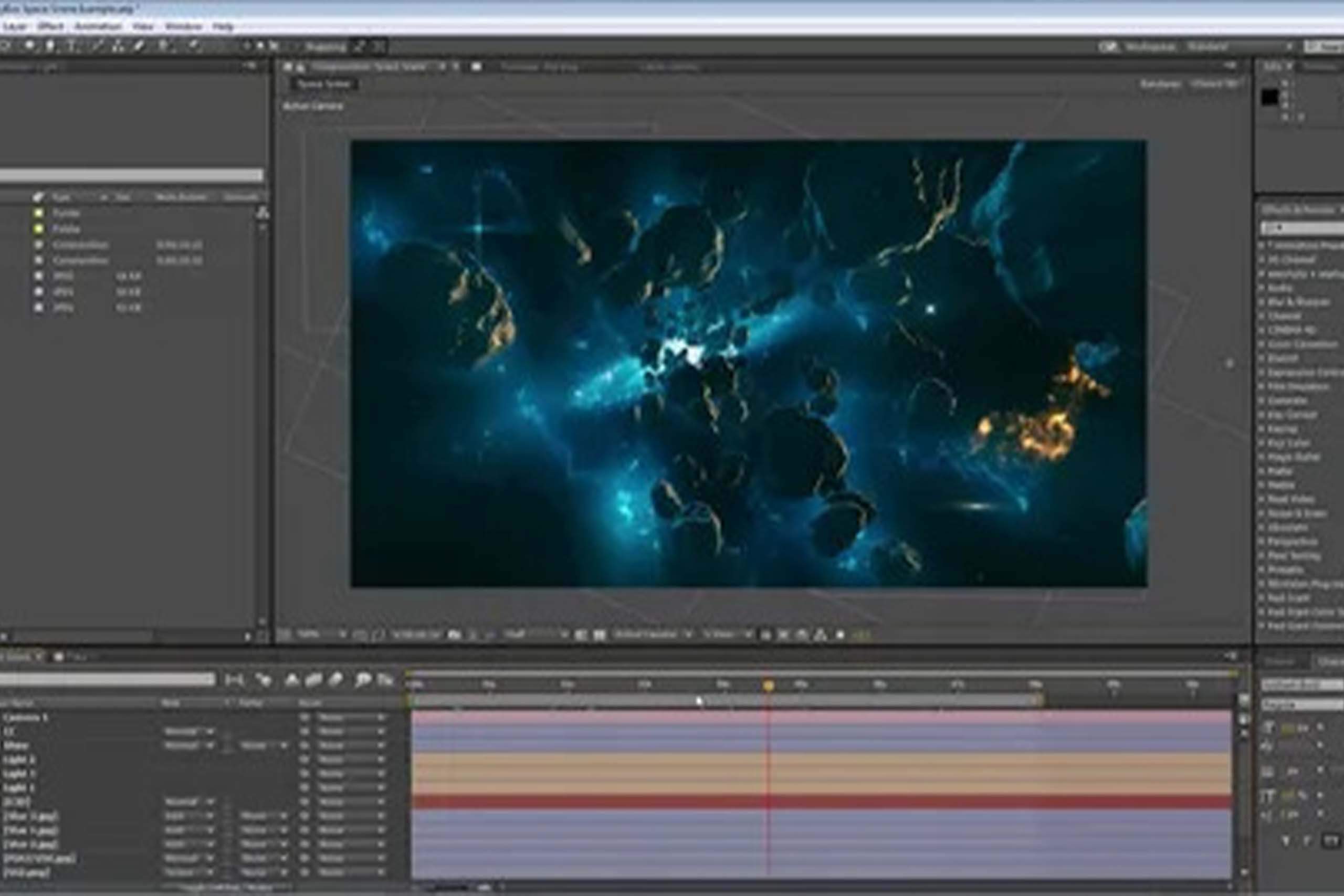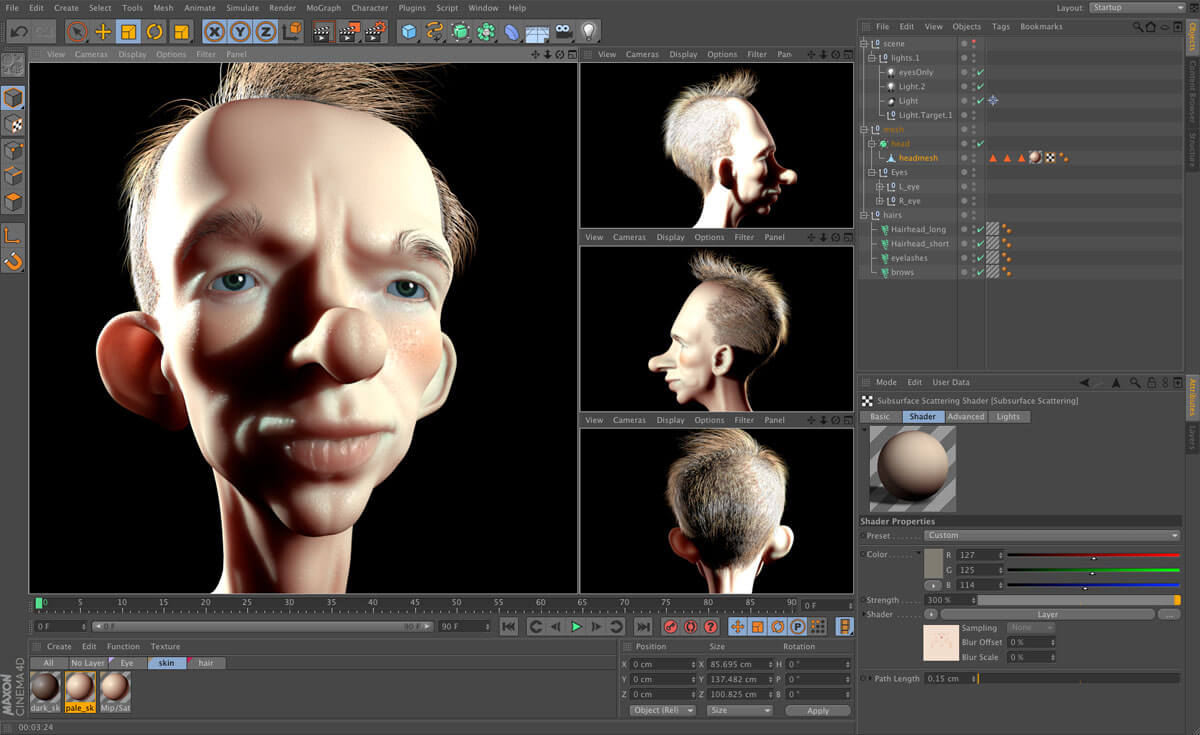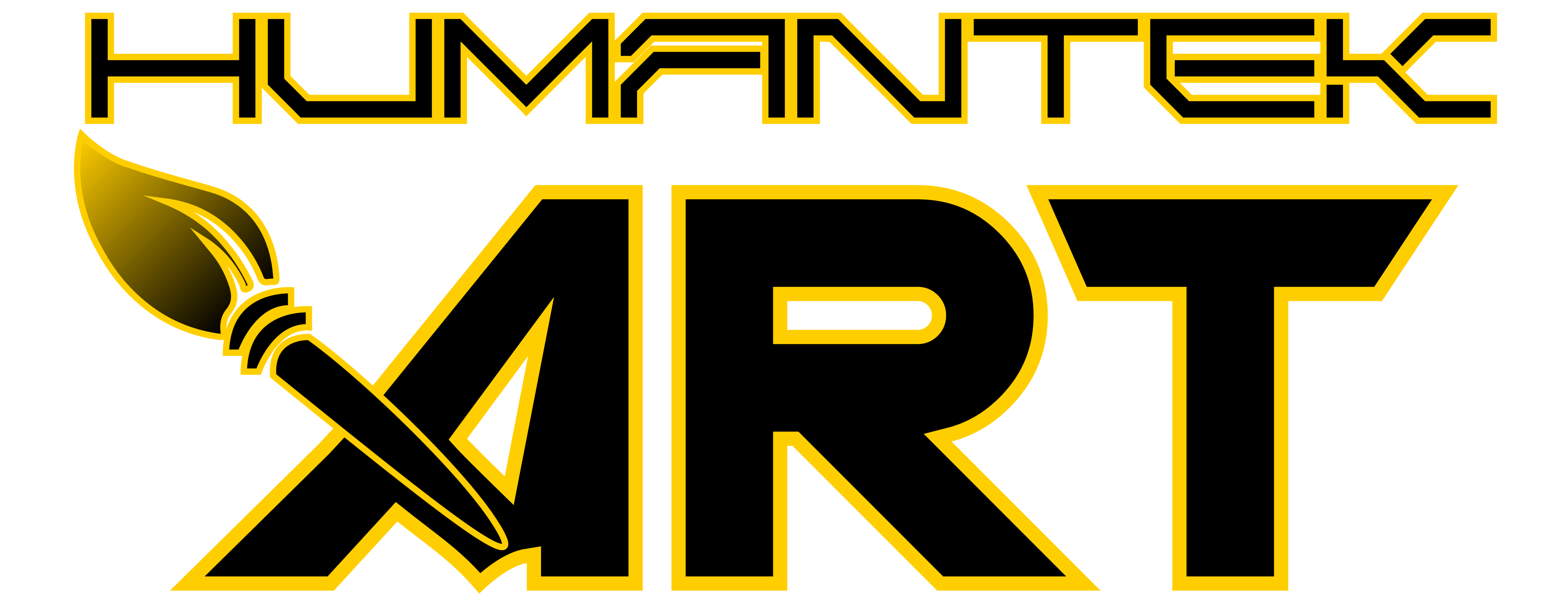Understanding the Basics
Before we get started, let’s go over the distinction between 2D and 3D animation and how it pertains to the growing animation studio environment in the United States.
Step-by-Step Tutorial: Creating a Basic 3D Character Model
Step 1: Conceptualization and Design
Every effective animation starts with a well-thought-out concept and design. Begin by drawing your character’s appearance, taking into account their personality, position in the animation, and the overall style you want to achieve. Consider dimensions, shapes, and distinguishing features to make your character visually appealing and memorable.
Step 2: Choosing the Right Software
You’ll need the correct software to bring your 3D character to life. Autodesk Maya, Blender, and Cinema 4D are among the industry-standard 3D modeling software options. Choose the one that best suits your needs and budget.
Step 3: Building the Character's Structure
Begin by making a simple wireframe of your character out of polygons or splines. This serves as the foundation for the shape and proportions of your character. Concentrate on building the main body parts—head, torso, and limbs—and making sure they are properly positioned and scaled according to your initial design.
Step 4: Adding Details
Once you’ve established the fundamental foundation, it’s time to flesh out your character. This includes face characteristics, dress, accessories, and any other distinguishing features. Shape and tweak these aspects using the modeling tools in the software, paying great attention to obtaining accurate proportions and symmetry.
Step 5: Texturing and UV Mapping
Texturing is where you give your character personality. To make your model more visually attractive and realistic, apply textures and colors to different portions of it. UV mapping is the process of unwrapping the surface of a 3D model onto a 2D plane so that textures can be applied appropriately.
Step 6: Rigging
Rigging is the process of establishing a digital skeleton within your character model that allows it to move realistically. This is an important phase in animation since it controls how your character will bend, twist, and move. Create a working rig with bones, joints, and controllers.
Step 7: Animation
You can now begin animating your character after it has been properly rigged. To bring your character to life, use the animation capabilities of your chosen software. Begin with simple movements and poses before moving on to more sophisticated moves.
Step 8: Lighting and Rendering
Lighting improves the visual quality of your animation. Experiment with various lighting configurations to obtain the desired mood and environment. When you’re finished, render your animation to get the final result.
Step 9: Review and Refinement
When your animation is finished, go over it again and look for areas for improvement. Make the necessary changes to improve the overall quality and coherence of your animation.
Step 10: Exporting and Showcasing
Finally, export your animation in the format of your choice. Showcasing your skills is vital for networking and career success, whether you’re developing a showreel for potential employers or sharing your work online.
Learning the craft of 3D character modeling is a gratifying experience that can lead to new prospects in the US animation business. As the number of 2D and 3D animation studios grows, so does the demand for skilled animators. You’ll be well on your way to making compelling animations that attract viewers and create a lasting impression if you follow this step-by-step lesson and hone your 3D character modeling skills. So, enter into the world of 3D character modeling, let your imagination run wild, and go on a path of artistic and professional development in the dynamic world of animation.



